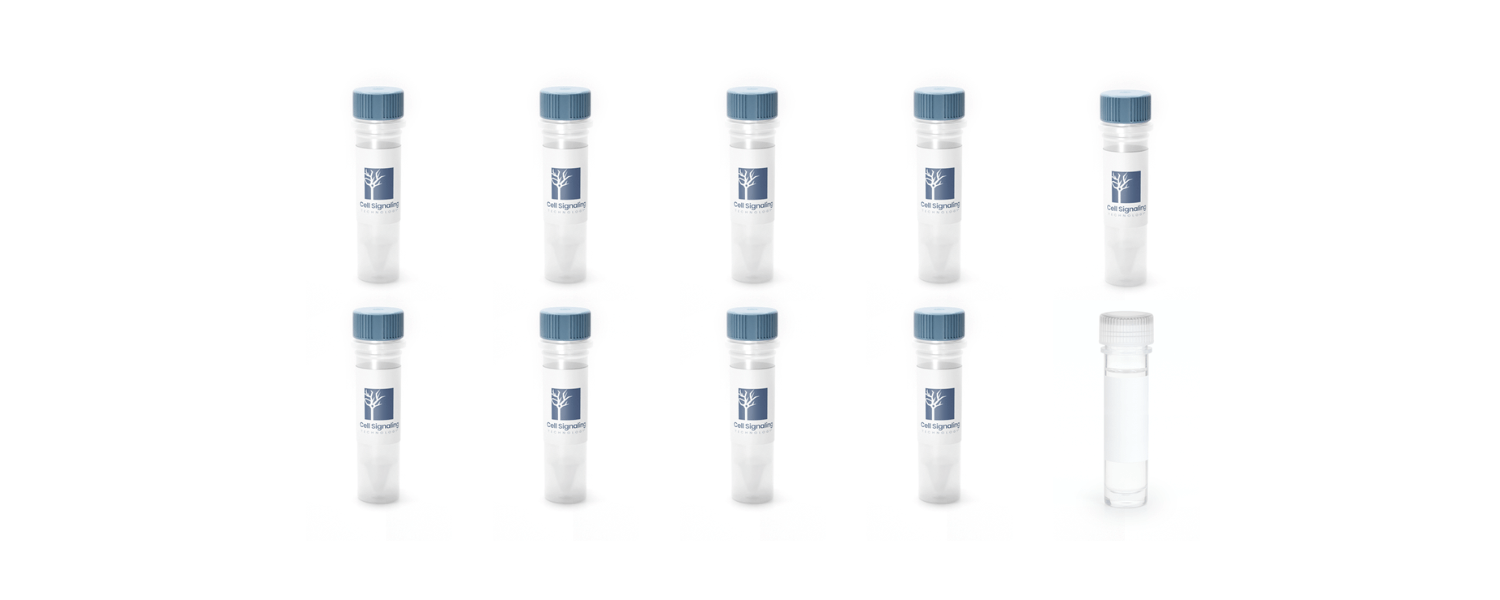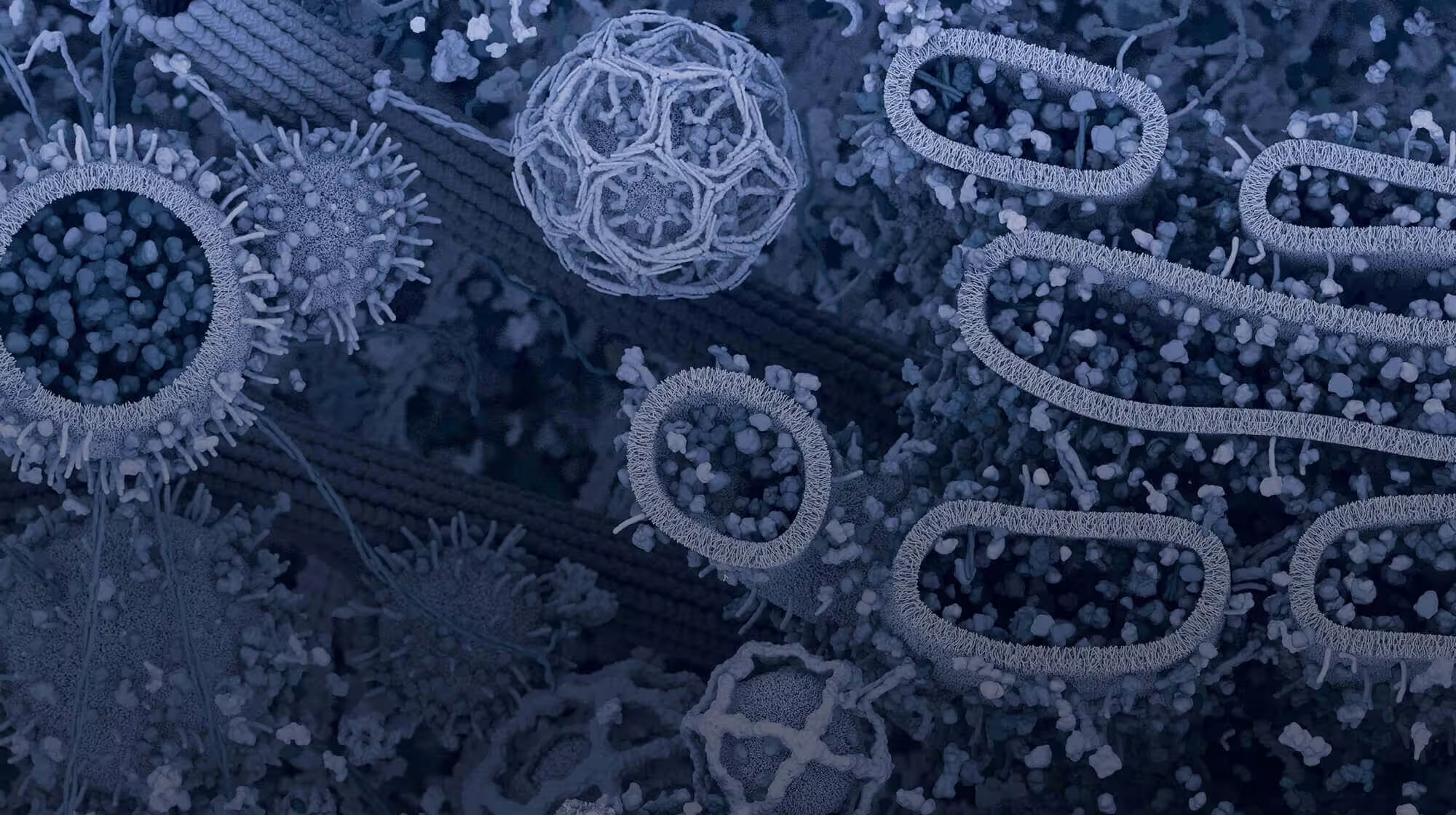Western blotting is used to detect proteins and analyze their expression using antibodies, but it does have its limitations. Flow cytometry also employs antibodies, but it uses fluorescence to detect and analyze protein expression on a cell-by-cell basis.
Flow cytometry enables quantitative analysis of protein expression, signaling states, and physical characteristics (cell size/granularity) at the single-cell level. Modern flow cytometers are capable of collecting data on multiple proteins from thousands of cells per second in a heterogeneous mixture. While flow cytometry is commonly employed to identify cell types using phenotypic markers expressed on the cell surface, it can also be used to measure intracellular signaling events.
 |
Explore CST antibodies validated for live and fixed/permeabilized flow cytometry: |
|
Studying Cellular Signaling: When to Use Flow Cytometry vs Western Blot
Researchers pursuing hypotheses about signaling events traditionally start with western blot (WB). In this technique, lysates are pooled and analyzed one protein at a time, and infrequent signaling events may be missed due to insufficient detection sensitivity. Western blotting has limited capability to perform multiparameter quantitative analysis. Another drawback is that workflows can take a day or more to complete.

Flow cytometry is an ideal solution to avoid these shortcomings, enabling multiplexed and quantitative analysis of signaling events with greater sensitivity and precision than western blot, in just a few hours. Importantly, by collecting discrete data points from individual cells, flow cytometry enables researchers to identify and quantify subpopulations of cells that exhibit specific signaling responses, to explore the range of responses in those cells, and to correlate multiple quantitative readouts. In short, signaling flow cytometry enables you to ask new research questions and characterize important signaling events from the plasma membrane to the nucleus.
Advantage for Analyzing Signaling Events |
Flow Cytometry |
Western Blot |
| Study single cell analysis | Yes | No |
| Ability to detect infrequent or rare signaling events | High | Low |
| Identification of subpopulations in with which signaling changes occur | Yes, simultaneous | Only following cell population separation/ enrichment steps |
| Multiparameter analysis | Yes | No |
| Throughput | High | Low |
| Assay duration (sample prep through analysis) | 2-4 hours | 1-2 days depending on length of primary antibody incubation |
| Signaling quantification | Yes, simultaneous | Varies by set-up: - Traditional film method, no - Digital imager, yes |
This video describes four situations where it can be worth using flow cytometry instead of western blot:
Video: 4 Situations Where Flow Cytometry Might Be More Useful Than Western Blotting
Get Started with Flow
CST offers a diverse selection of antibodies and reagents for flow cytometry, supporting both quantitative analysis of intracellular signaling pathways and phenotyping. Our expertise in antibody design, conjugation, and flow cytometry enables us to develop and validate antibodies that you can use in your flow cytometry experiments with confidence. And the same scientists who develop and validate our flow cytometry products also provide technical support to ensure your experiments are successful.





/42157_chimeric%20antibody%20blog%20featured3.webp)


